Why Do Cowboy Boots Have Spurs?
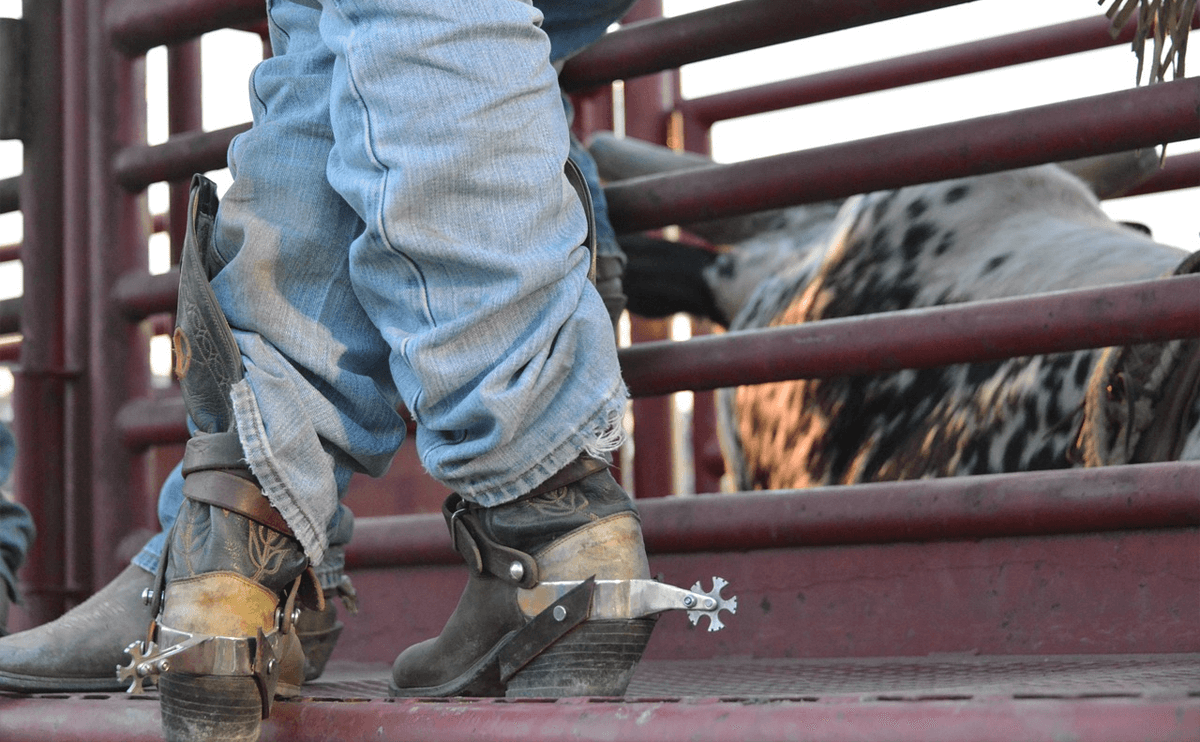
Imagine yourself out in the Wild West, with the sun dipping low on the horizon, the dry dirt crunching under your boots, and that satisfying jingle every time you take a step. Yup, we’re talking about cowboy spurs – those cool star-shaped things on the back of cowboy boots. But ever wonder, ‘What’s the deal with spurs on cowboy boots?’
Well, today, let’s go on a little adventure together and uncover the real story behind spurs and cowboy boots. Whether you’re a fan of cowboy culture, dig Western style, or just love learning neat stuff, you’re in for a treat.
Turns out, those spurs aren’t just there for looks. They’ve got a whole history, a practical side, and they’ve played a big part in shaping the cowboy way of life we all know and love. So, come along as we dive into this fascinating world, unravel the mystery of the spur, and discover why it’s such a big deal in cowboy boot history.
Grab your hat and let’s hit the trail together to explore this iconic cowboy symbol. By the time we’re done, I bet you’ll have a whole new appreciation for cowboy spurs – where they come from, what they do, and why they’re such a staple in cowboy culture.
What Are Spurs?
Now that we’ve painted the scene, let’s get right into it. So, what exactly are spurs? Simply put, they’re metal attachments fixed to the heels of a rider’s boots. Imagine a U-shaped piece wrapping around the heel, typically crafted from iron or steel.
At the rear end, there’s a small metal rod (known as the shank), often culminating in a wheel adorned with pointed projections, known as a rowel. Think of it like a tiny, metallic starburst.
But don’t let their size deceive you. Despite being small, spurs pack a punch in their functionality. They act as a means of communication between the rider and their horse, providing a subtle (or sometimes not-so-subtle) nudge for steering or halting.
Yet, spurs aren’t merely tools; they carry significant symbolism, representing status, expertise, and tradition within the cowboy realm.
So, the next time you spot these iconic boot accessories in a Western flick or at a rodeo, remember they’re more than just decorative metal pieces. They’re a gateway to a rich tapestry of cowboy history, equestrian dynamics, and cultural legacy. Curious to learn more? Stick with us as we dive deeper into the captivating world of spurs!
Why Are Spurs For On Cowboy Boots?
The bond between a cowboy and his horse is timeless, a connection that runs deep and smooth, woven into our very fabric of understanding. And you know what? Spurs? They’re like the secret handshake of this special relationship. So, let’s peel back the curtain and find out why those spurs are strapped onto cowboy boots.
Cowboys spend a good chunk of their days in the saddle, whether they’re herding cattle, exploring the wide-open spaces, or showing off their skills in rodeos. And to do all that, they need to talk to their trusty steeds.
Enter the spurs. With a gentle press here or a subtle swivel there, cowboys can send all sorts of messages to their horses – like go faster, turn left, slow down, or bust out some fancy moves.
But let me tell you, spurs aren’t just about being rough and tough; it’s like an art, a beautiful dance between a rider and their horse. We’re not talking about poking or jabbing at the poor horse – that’s a big-time cowboy faux pas! Instead, it’s all about finesse, giving the gentlest of nudges or the lightest of touches. It’s this tender approach that keeps the horse happy and responsive, creating a special bond between rider and their faithful companion.
Now, here’s where it gets really cool. As time goes on, horses begin to get the hang of this whole spur language. They pick up on the subtlest cues, making the whole riding experience smoother and more in sync. It’s kind of like a dance, you know? The cowboy takes the lead, and the horse gracefully follows, all to the rhythm of those gentle spur jingles.
So, spurs aren’t just a cowboy’s way of looking sharp; they’re like their trusty sidekick for everyday tasks. They’re all about blending practicality with tradition, embodying everything that makes cowboy life so special.
Spurs Are A Badge Of Honour In The Cowboy World
In the cowboy world, strapping on spurs means way more than just looking good or being practical. It’s like putting on a badge of honor. In this rugged community, spurs have become symbols of a rider’s skill and standing. But how did a simple tool for riding horses become such a big deal?
Back in the day, a cowboy couldn’t just slap on a pair of spurs. They had to earn them. Learning to ride was just the beginning.
It took years of hard work, countless miles in the saddle, and endless days out on the range before a cowboy could even think about adding those jingling accessories to his boots. Spurs were a mark of a cowboy’s hard-earned skills and experience.
But wearing spurs wasn’t just about showing off riding chops. It was also a way of honoring cowboy tradition and values. When a young cowboy finally earned his spurs, it was a moment of real pride, a nod from his peers that he’d truly become one of them.
And let me tell you, the story of spurs doesn’t end there. In the cowboy world, not all spurs are created equal. The style, design, and even the details of the spurs can say a lot about a cowboy’s status and personal style.
Do Spurs Hurt Horses?
You know, one question that often comes galloping into conversations about spurs is, “Do they hurt the horse?”
So, here’s the scoop: when used properly, spurs don’t hurt the horse at all. They’re not meant to punish; they’re tools for communication.
Basically, spurs help the rider give more precise signals to the horse, kind of like an extra set of instructions in a language the horse understands. Skilled riders use them gently, like a soft touch, never poking or jabbing.
But, like any tool, spurs can be misused. If they’re used too harshly or in the wrong way, they could definitely cause some discomfort. That’s why it’s super important to learn how to use them correctly.
It’s not just about strapping them onto your boots; it’s about learning to talk to your horse in the best and kindest way possible.
That’s why it’s a great idea to get advice from experienced riders or professional trainers before you start using spurs. They can show you the ropes and make sure you’re using them in a way that keeps your horse comfy and happy.
How To Put Spurs On Cowboy Boots?
So, you’re ready to give those spurs a shot – awesome! Whether you’re a cowboy getting set for a ride, a horse lover aiming to enhance your bond with your four-legged friend, or just someone with an eye for adding a Western flair to your style, getting the hang of attaching spurs to your boots is crucial. Let’s get on the saddle and figure out how to strap those spurs on just right.
Choose the Right Spur Straps: Look for sturdy leather straps that fit snugly around your boots and feel comfy to wear.
Thread the Straps Through the Spurs: Slide the straps through the slots on your spurs, making sure the buckle faces outward for easy adjustments. When you put them on, the decorative side of the straps should be visible.
Position the Spurs on Your Boots: Slide the Spurs onto the back of your boots, just above the heel. Make sure the shank, the part that sticks out, points downwards and slightly towards the back.
Secure the Straps Around Your Boots: Cross the straps over the front of your boots, right over the arch of your foot. They should be snug enough to keep the spurs in place while walking or riding, but not so tight that they pinch.
Fasten the Straps: Buckle up the straps securely, ensuring they’re tight enough to stay put but still comfortable.
Double-check Your Setup: Take a moment to make sure your spurs are sitting right and feel comfortable. The spinning disc part called the rowel, should be resting on the back of your boot’s heel without digging into your foot or ankle.
And remember, wearing spurs comes with responsibility. Whether you’re riding horses or just rocking them as a fashion statement, treat them with care and respect.
Tips To Keep Your Spurs Long-Lasting
Whether you’re a seasoned cowboy, a passionate equestrian, or someone who just loves to rock a stylish look, keeping your spurs in top shape is a must. But how do you keep them looking and sounding their best? Let’s dive into some simple yet effective tips for keeping your spurs in prime condition.
First things first, regular cleaning is key. After a day of riding or strutting around town, your spurs could use a little TLC. Give them a gentle wipe-down with a soft cloth to remove any dirt or grime. For tougher spots, a soft brush should do the trick.
Now, let’s give them some shine. Metal polishes work wonders, especially for silver or steel spurs. Just follow the instructions on the product, then buff them out for a sparkling finish. But be sure to test a small area first to avoid any unexpected discoloration.
Prevention is always better than cure. To prevent rust, store your spurs in a dry, cool place. And if you live in a humid climate, consider using silica gel packs or dehumidifiers to keep moisture away.
Don’t forget about your spur straps! If they’re made of leather, use a good leather conditioner to keep them supple and prevent cracking. And if you spot any damage, it’s best to replace them right away to ensure your spurs stay secure and functional.
Last but not least, give your rowels some attention. Make sure they spin freely; if they’re sticking, a little oil at the center should get them moving smoothly again.
And there you have it! With these tips, your spurs will be ready to jingle and shine for years to come. Whether you’re out on the trail, exploring the countryside on horseback, or strutting your stuff in the city, taking care of your spurs ensures they’ll always be ready for your next adventure.
How to clean and condition leather cowboy boots
Final Thoughts!
Spurs stand as a powerful symbol of cowboy culture, reflecting a rider’s expertise, status, and even making a bold fashion statement.
But what’s truly fascinating about spurs is their ability to transcend their practical use and tell a broader cultural story. They’re not just metal pieces; they’re symbols of our society’s values, norms, and evolving tastes.
As we wrap up our journey through the world of spurs, consider this: What if we looked at every object around us the same way we look at a spur on a cowboy boot? How many hidden stories, symbolic meanings, or surprising transformations might we uncover?
So, as you move forward from this exploration, with the echo of spurs in your mind, remember this: even the most ordinary objects can carry layers of meaning—if only we’re willing to delve into them. Let that thought spur you on as you step into your next adventure!
FAQs
How to pick the right spurs for my Cowboy Boots?
Picking out the perfect spurs involves considering a few key factors, such as the type of riding you’ll be doing, your experience level, and ensuring your horse’s comfort. If you’re just starting out, it’s wise to begin with shorter, less sharp spurs and then progresses to more specialized designs as you gain confidence and expertise in the saddle.
Are spurs cruel to horses?
When employed properly, spurs are not harsh on horses. They’re designed as a means of gentle communication, not punishment. A proficient rider will apply spurs with care and only when necessary to provide precise guidance to the horse. Nonetheless, in inexperienced hands or when overused, spurs could potentially cause harm to the horse.
Is it a must to wear Spurs while horse riding?
Not always. Spurs are commonly utilized in certain equestrian activities where precise control and communication with the horse are paramount, like dressage, western riding, or cutting. However, for casual riders, trail enthusiasts, or those new to riding, spurs may not be necessary.
What are the different types of Spurs?
Spurs come in various types, each tailored for specific purposes or riding techniques. You’ve got your English spur, your Western spur, and the Dressage spur among the most common ones.
Is it legal to wear Spurs in public?
The legality of wearing spurs in public can vary depending on the location and context. In many places, wearing spurs as part of a cowboy or Western-style outfit is perfectly legal and commonly seen at events like rodeos or Western-themed gatherings.

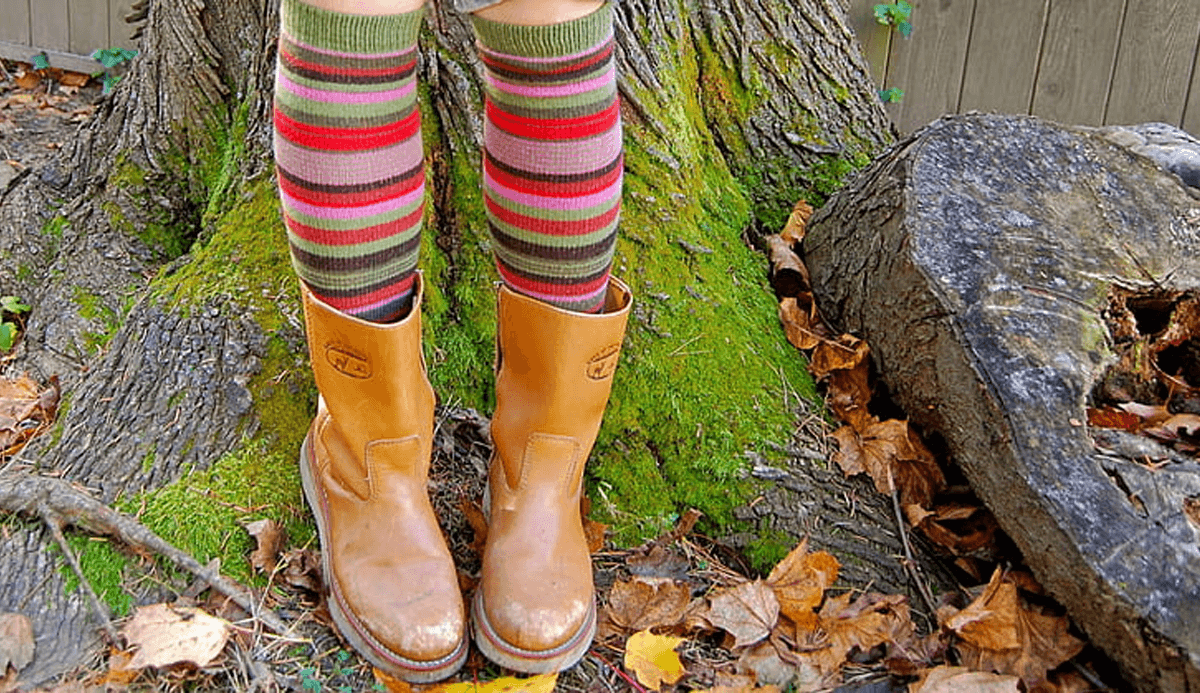
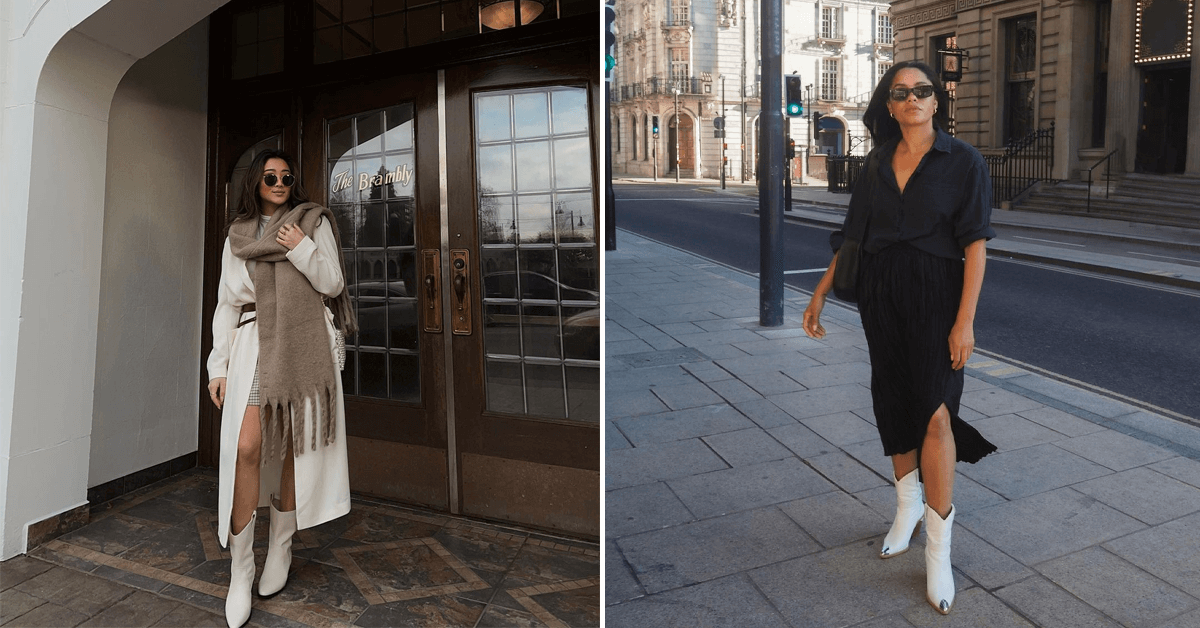
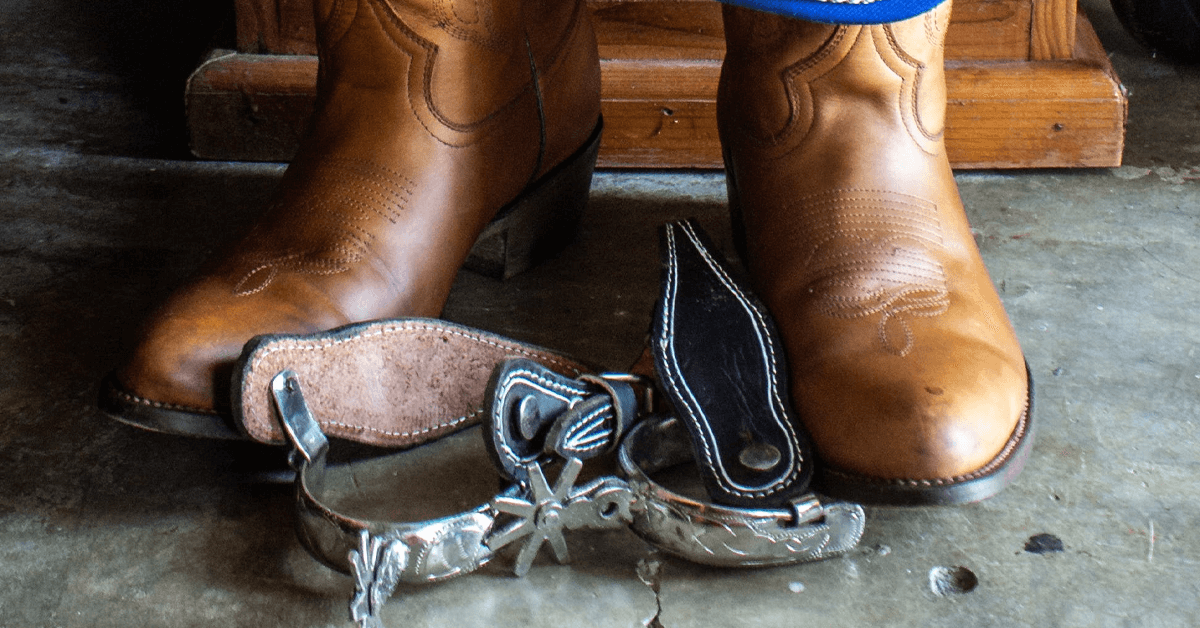
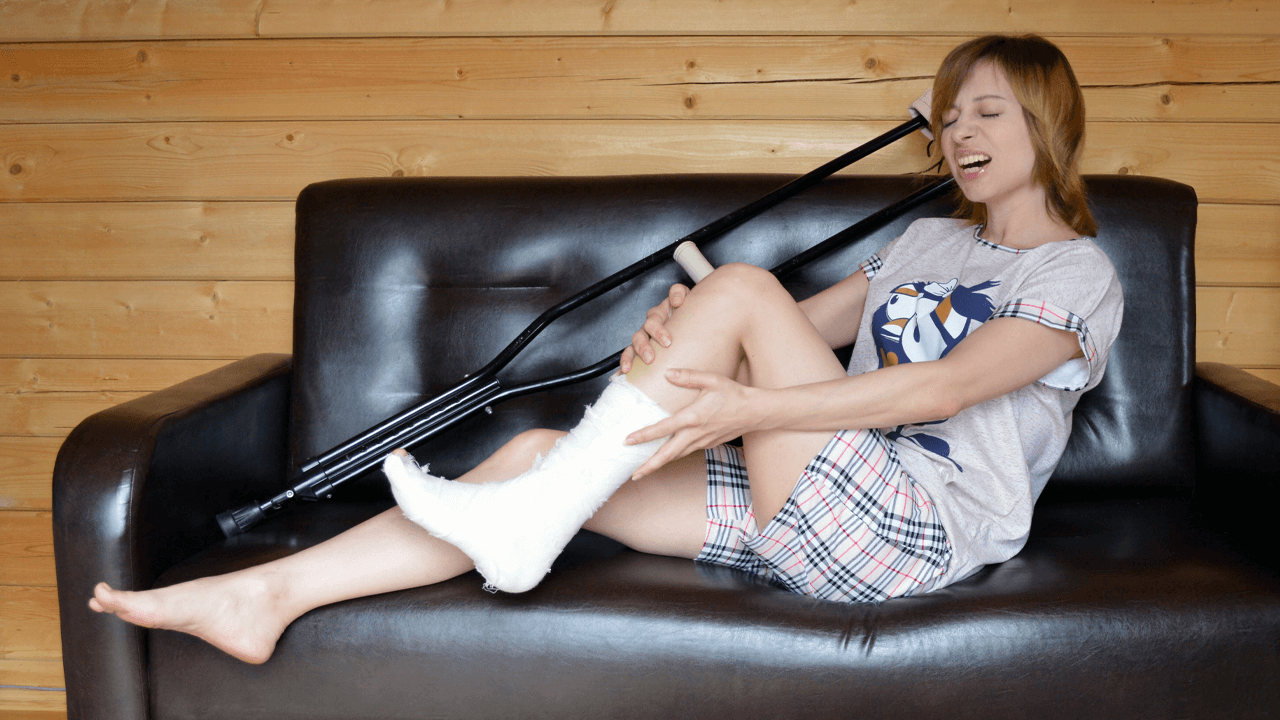
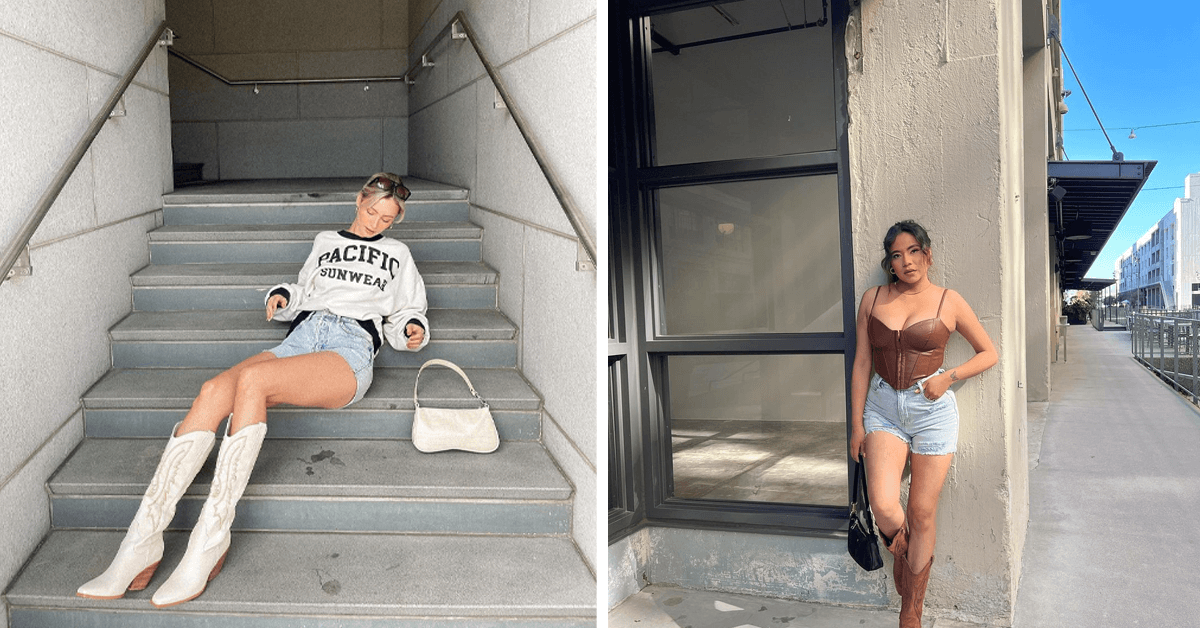

One Comment